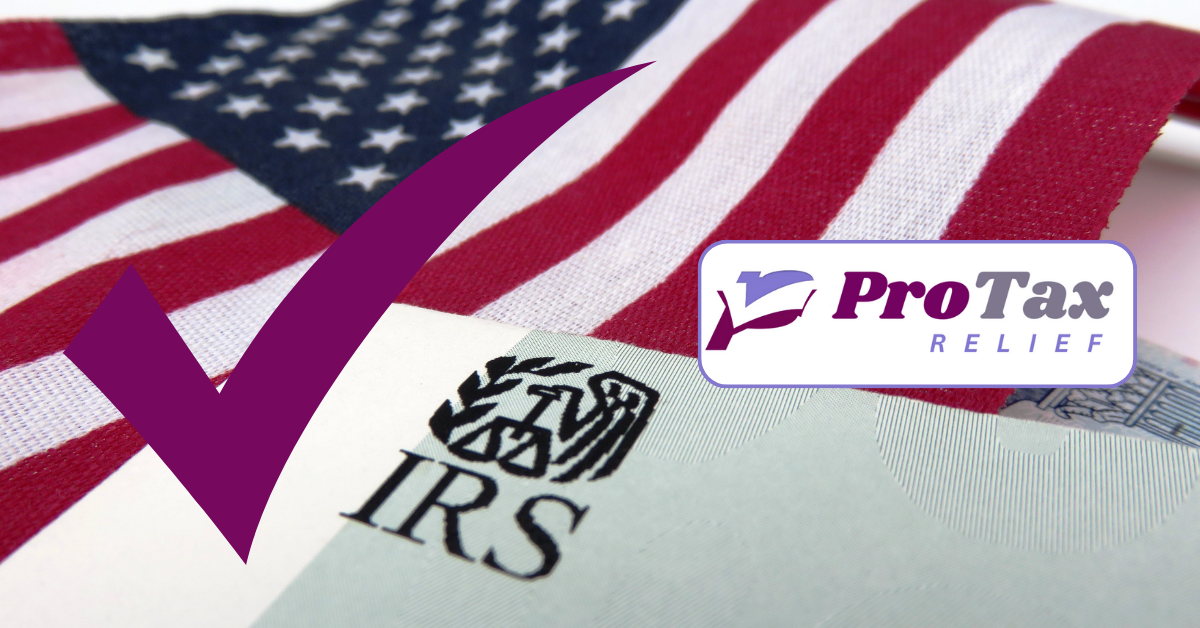Receiving an IRS letter can be a stressful experience. Whether it’s a notification about unpaid taxes, an audit, or a request for additional information, understanding these letters is crucial to resolving issues quickly and effectively.
Why Did I Receive an IRS Letter?
The IRS sends letters for several reasons, such as:
- Unpaid taxes or balances
- Errors in tax filings
- Requests for additional documentation
- Notification of audits or reviews
Each letter includes a unique notice or letter number that provides clues about its purpose and required actions.
Common Types of IRS Letters
Some of the most frequently issued IRS letters include:
- CP14: Balance Due Notice
- CP2000: Underreported Income
- Letter 566: Audit Notification
- CP501: First Reminder of Balance Due
Understanding the details within these letters can help you address the issue efficiently and avoid penalties.
Need More Tax Guidance?
Sign up for our free newsletter to receive expert tips and the latest tax insights delivered straight to your inbox.
Subscribe NowHow to Respond to an IRS Letter
Here’s what to do when you receive an IRS letter:
- Read the letter carefully to understand the issue and required actions.
- Gather relevant documents, such as tax returns or financial records.
- Follow the instructions provided in the letter within the specified timeframe.
- If necessary, consult a tax professional to help craft an appropriate response.
Timely responses are critical to minimizing potential penalties or interest.
When to Seek Professional Help
If you’re unsure about the content of an IRS letter or how to respond, professional guidance can provide clarity and peace of mind. At ProTax Relief, our experts specialize in resolving IRS issues efficiently, ensuring the best possible outcome.
